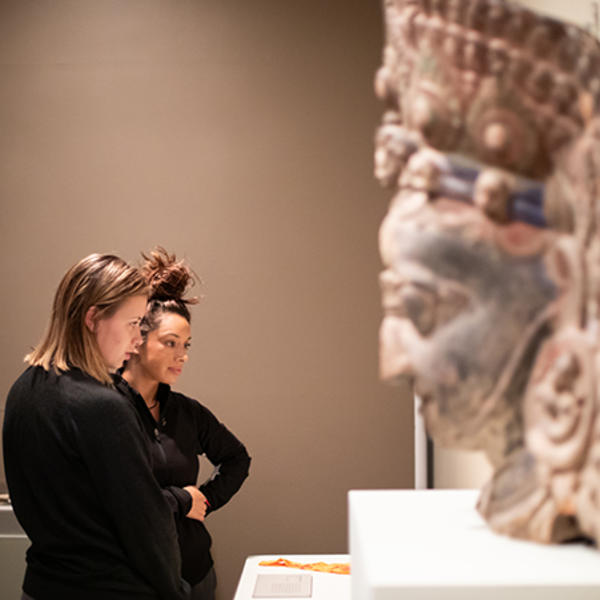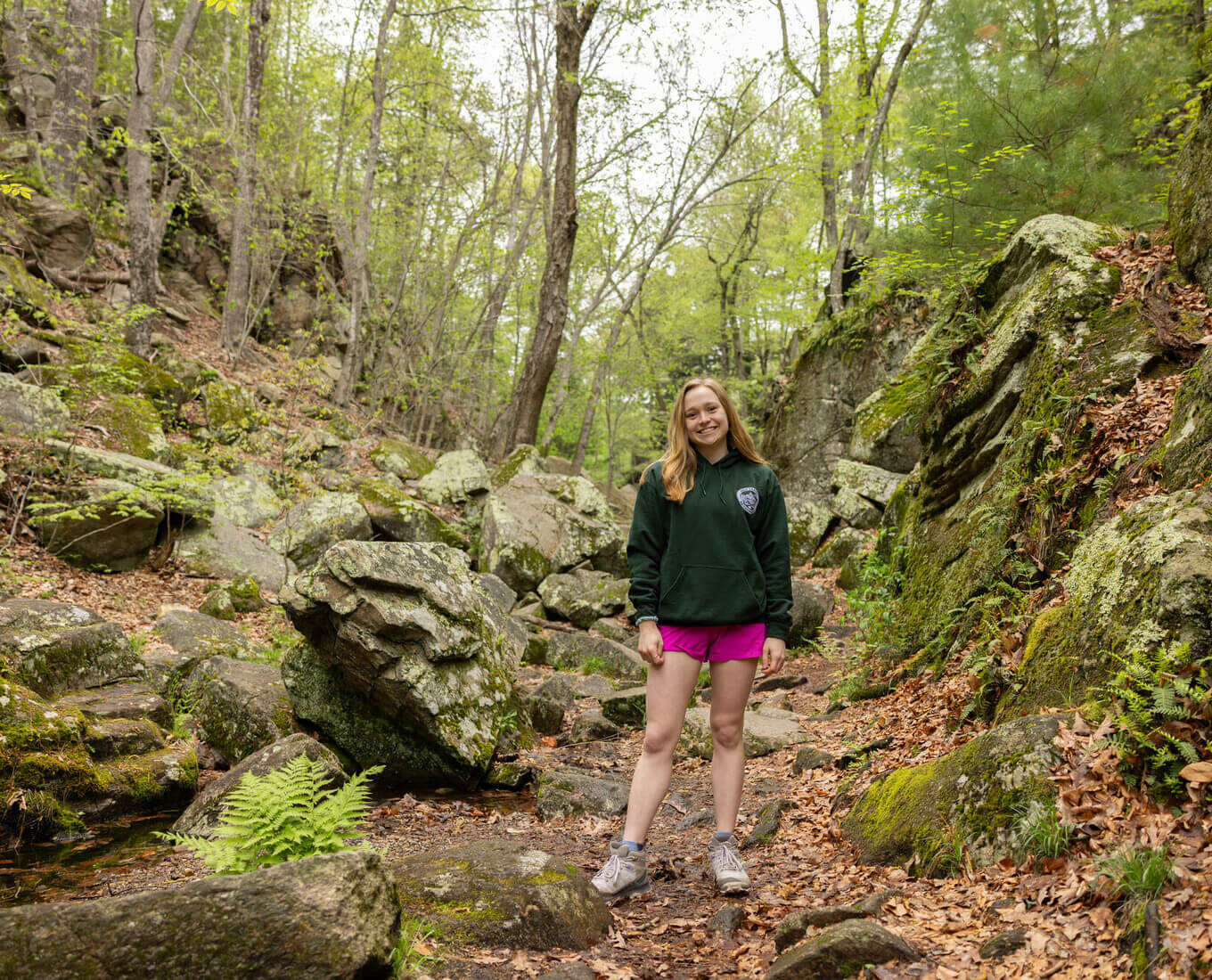The prestigious New York Times Art & Design section released their "Best Art of 2019" as determined by their art critics. Making co-chief art critic and Pulitzer Prize winner Holland Cotter’s list was our own Iris & B. Gerald Cantor Art Gallery's exhibit "Dharma and Punya: Buddhist Ritual Art of Nepal."
Recognized for bringing contemporary Asian art to the attention of Western audiences, Cotter visited the exhibit while on campus to deliver a lecture co-sponsored by the Rev. Michael C. McFarland Center for Religion, Ethics, and Culture.
According to Holy Cross' student newspaper The Spire, Cotter was full of praise for the gallery, telling the audience, “They don’t do these shows any more…We don’t get this information you’re getting here in New York.”
Here is Cotter’s description of the exhibit from the New York Times.
"This year, as in most years, I looked to smaller museums and university galleries for unusually inspiring and instructive shows. I found a gem in “Dharma and Punya: Buddhist Ritual Art of Nepal” at Cantor Art Gallery at the College of the Holy Cross in Worcester, Mass. Assembled by two scholars, Jinah Kim and Todd T. Lewis, it uses objects to tell a tale of the little-studied traditions of a popular religious art in the Kathmandu Valley, an art that is devotional, intensely social and inevitably political, and one that takes the pursuit of do-no-harm generosity as its subject, creed and goal."
This is an incredible honor for the gallery at its director emeritus Roger Hankins, as well as co-curators Todd Lewis, distinguished professor of arts and humanities and professor of religious studies at the College, and Jinah Kim, professor of history of art and architecture at Harvard University.
The exhibit, which took three years to plan, features historic objects of Buddhist devotion, on loan from major art institutions and private collectors, and has been accompanied by extensive programming throughout the fall semester, including Buddhist rituals rarely seen outside Nepal. Dharma and Punya was made possible in part through a $100,000 grant from the National Endowment of the Humanities.
- View the New York Times' entire list of "Best Art of 2019"
- Learn more about the objects of Buddhist ritual art displayed in the Dharma and Punya exhibit



